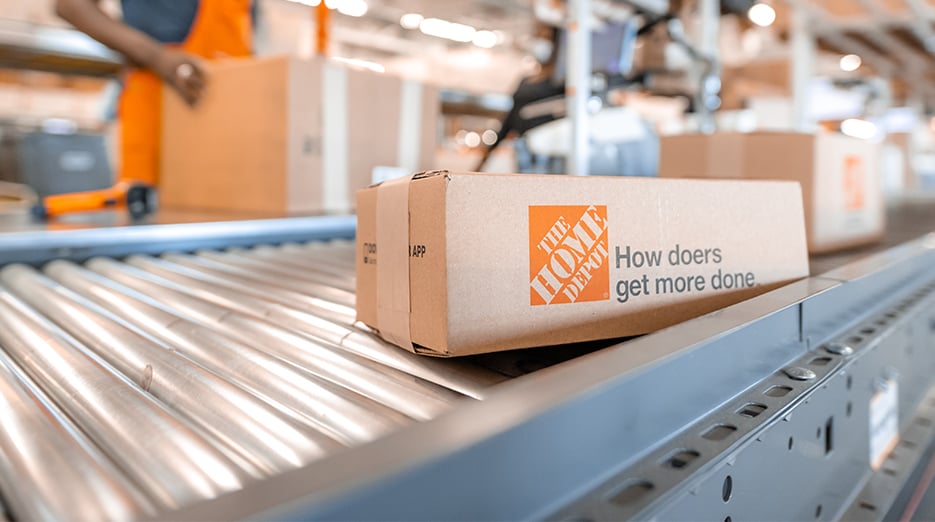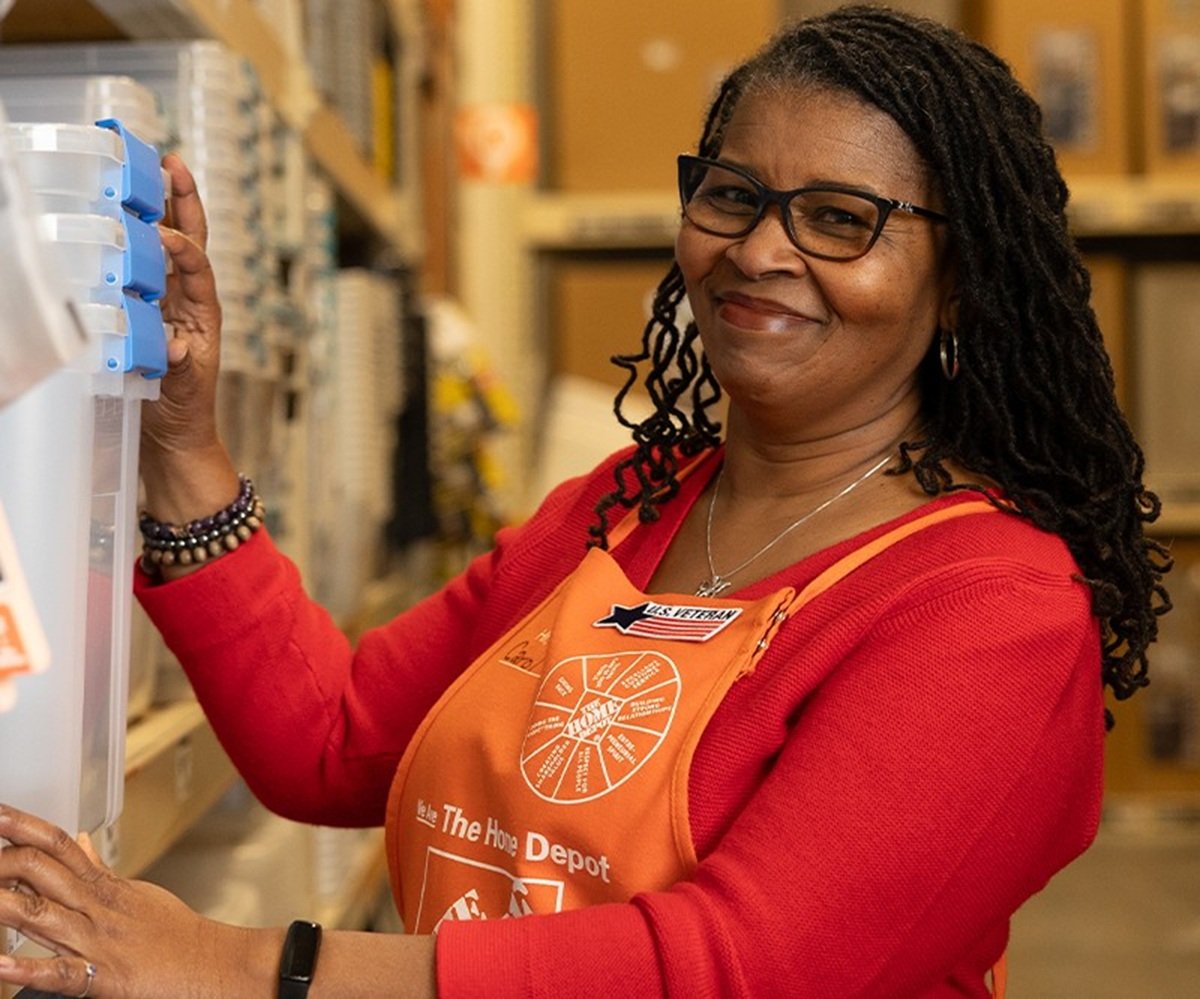Under Armour (UA +4.89%) held nothing back in 2015. Its stock outperformed the broader market by a long shot -- finishing the year up more than 20% compared with a less than 1% gain in the S&P 500 index over the same period. The highlights from Under Armour's fiscal 2015 fourth quarter included footwear sales growing 95% to $84 million, international sales climbing 70% year over year, and online sales or direct-to-consumer spiking 25% in the quarter. Cue the applause.

Image Source: The Motley Fool.
However, these strengths are already priced into shares of Under Armour today. The athletic-apparel stock now looks wildly overpriced, trading at roughly 2.87 times earnings growth, thereby affording it one of the highest PEG ratios in the industry. This could prove particularly dangerous for investors, given the market's recent mood swings.
With the S&P 500 suffering $2 trillion in market-cap losses since the start of 2016, investors may want to steer clear of high-flying stocks such as Under Armour, where much of the upside is already priced into the name.
Instead, investors should put their hard-earned cash into Nike (NKE +3.23%) and Home Depot (HD +3.01%). Not only are both of these stocks more reasonably priced than Under Armour today, but they also come with much more experience navigating choppy markets.
Fit for a bear market
Nike has been around a long time. In fact, the company is 32 years Under Armour's senior. This difference lends the sports-apparel behemoth serious street cred when it comes to weathering volatile public markets. On top of this, Nike's stock is more attractively priced at current levels versus Under Armour.
Nike currently carries a price-to-earnings ratio of 27, compared with Under Armour, which trades at nearly 71 times earnings. Nike's price-to-earnings growth rate and price-to-sales metrics also reveal that Nike is a better buy than Under Armour today. Additionally, unlike Under Armour, Nike pays a dividend -- albeit a modest one.
Given the stock's current price of $56 and Nike's payout of $0.64 per year, the consumer-goods stock boasts a dividend yield of 1.14%. That's certainly better than no dividend at all, which is what you get with Under Armour's stock. Moreover, Nike's sheer size and brand reputation mean the company should have no problem growing its dividend payouts in the quarters and years ahead, despite ongoing market volatility. Nike, after all, generated revenue north of $30 billion last year.
Critics might argue that with a market cap of $95 billion today, Nike is done with outsized growth. However, that just simply isn't the case. In fact, Nike still has plenty of room to grow overseas, particularly in China, which is set to make up about 11% of the company's overall sales in 2016. Last year, Nike generated $3.7 billion in revenue from the Chinese market alone. That number should continue to grow going forward thanks to the popularity of Nike's brand in the region.
Ultimately, Nike stock offers investors growth, income, and reliability in an otherwise unstable market. Throw in its valuation, and buying Nike stock over Under Armour today becomes a no-brainer.
Strong growth and reliable income
Home Depot, while not an athletic giant like the others, offers yet another opportunity for investors to own a reliable growth and income stock at a reasonable price. As the world's largest home-improvement chain, Home Depot has the scale and brand recognition to weather rocky market conditions. The company also generates over $86 billion in revenue annually and is backed by its reputation for putting shareholders first.

Image source: The Motley Fool.
Not to mention that Home Depot is much more affordable from a valuation perspective than shares of Under Armour. The home-improvement stock, for example, boasts a price-to-earnings growth rate of 1.47. That is not only in line with the industry average, but it's also significantly below Under Armour's PEG ratio of 2.87. Moreover, despite being one of the Dow's best performing stocks last year, Home Depot shares are currently trading more than 15% below the stock's 52-week high.
There's also the dividend to consider. Home Depot pays an annual dividend of $2.36 per share. That earns it a yield north of 2% today, which is in line with both the industry average and S&P 500. The home-improvement giant rewarded shareholders to the tune of $35 billion through dividends and share buybacks over the past five years. This performance, together with the upcoming spring season, creates an opportunistic time for investors to grab a piece of Home Depot.
Under Armour is doing a lot of things right these days. However, the company's rich valuation already reflects this performance. I believe this, together with recent instability in capital markets, makes Nike and Home Depot better buys today.








